Without category
How to identify signs of sadness in cats?
Discover the signs of sadness in cats and learn how to care for your feline's emotional well-being. Spot the subtle signs and help your cat feel happy and healthy. Learn more about signs of sadness in cats!
Advertisement
If you have a cat, you know something they say about them, but it's a lie: cats are cold and insensitive. Cats have feelings, but they don't show them in the same way as, say, a dog. And definitely, in a different way than human.
Do cats have emotions? Of course. They are very intelligent animals. And full of personality. But an irrational personality. That is, feelings like love, hate, fear or courage are more a reaction to something favorable to your basic and survival instincts, than an abstract affection.
Feelings x Instincts
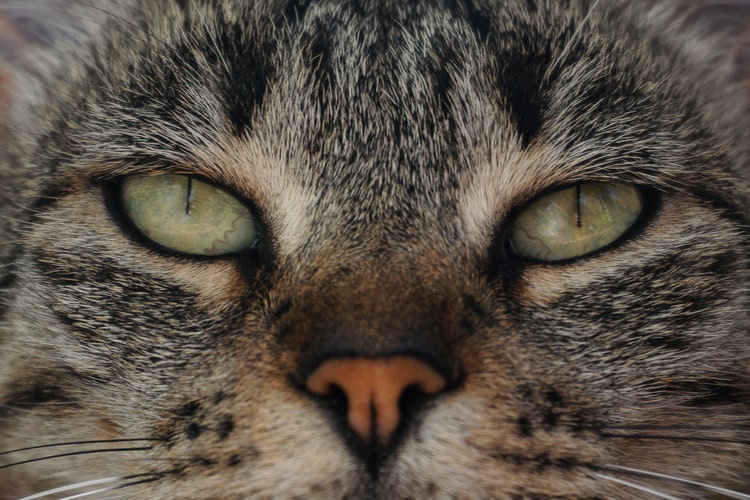
By “reaction to something favorable to their basic and survival instincts” what we need to understand, speaking more pragmatically is: cats will like those who give them food and a feeling of security, without stressful conditions.
So my cat doesn't like it when I pet him? Does he not like the toys I give him? Does he not like it when I talk to him in a baby voice?
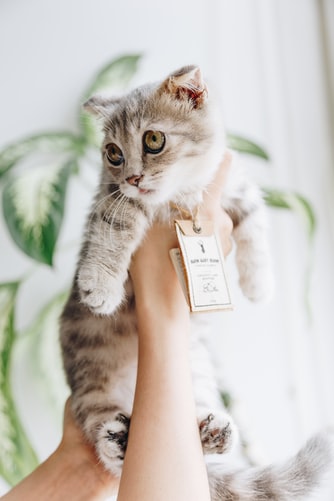
On the contrary, he likes it (probably – we can only assume that he likes it, given the reactions to these actions). But he likes it, less because he understands your words and feelings, and more because he realizes that those gestures and behaviors are guarantees that his survival is not at risk.
Try yelling nice words at a cat, but using an aggressive tone of voice and angry facial expressions (eyes narrowed, teeth bared). He will interpret your appearance and your tone of voice. You'll think it's a threat.
So what is the cat's cry? Or rather: what are the cries of the cat?
Tears X Sounds: it's not just a sentimental issue
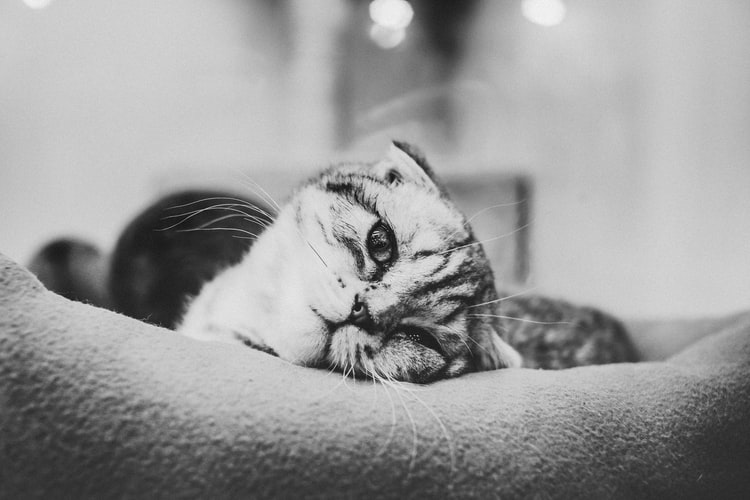
Thus, when we speak of “Choro de gato”, two things can be understood.
The first is the tearing of the cat's eyes. That's one thing. The second is a very characteristic type of meow and behavior. This is another.
Is there any relationship between one sign and another? What do they actually indicate? What can be done in this regard?
Human beings cry when they are sad, most of the time. There is a tearing of the eyes, and very specific words and voice tones. The voice embargoes, murmurs, the nose is loaded with secretions... Why does our sadness happen like this?
Neuroscientists, doctors and psychologists suggest that the way we cry has to do with the evolution. When we cry with sadness, we are establishing visual communication, our brain releases hormones to regulate feelings, the very act of squinting our eyes helps our breathing...
That is, when we cry in adversity, we are acting in a way that will guarantee our survival. We are, after all, animals that live in society and we survive and evolve thanks to cooperation.
These explanations above do not work to explain cat tears. Cat's tears, like all tears, have one function above all others: cleaning the ocular pathways.
Crocodile tears
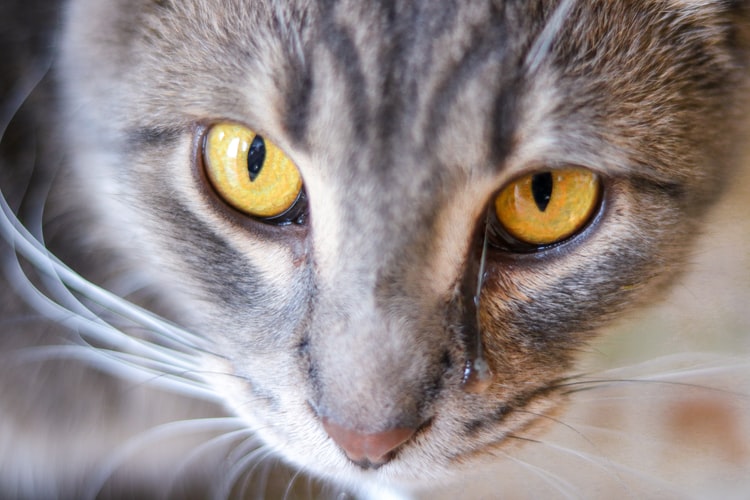
It is interesting to note that the expression “crocodile tears” is due to the fact that the eyes of these animals also produce tears when they are eating. Therefore, it would be a “pretending cry”: the crocodile kills an animal, but cries its death.
That's not it. Tears are primarily a way to clear the eye passages. Clear eyes from irritations, allergies, particles. A way to protect the structure of the eyes from something that, coming into contact with them, could cause injury or damage.
This is the case with the cat. His watery eyes have a veterinary explanation. And they deserve attention, in some cases.
(By the way, crocodiles and alligators “cry” when they eat because, among other things, the force of their jaw compresses their tear glands.)
Cats will have tears in their eyes when they are in a very dry or dusty environment. They will have tears when they come into contact with substances that irritate the eyes and skin (perfumes, grease, cleaning products, secretions from other animals). Eye injuries can also cause tears.
This type of tear is normal — and necessary.
The problem starts when the cat tears too much – or too little.
Excess and lack of tears
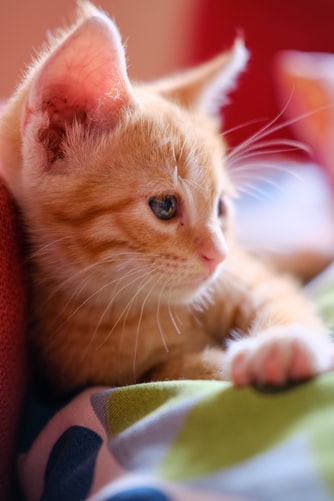
“When do I know if my cat is weeping too much or too little?” This is the first question that the cat tutor will ask after having read the previous paragraph.
The key we always hit when it comes to feline physiology is: visit a veterinarian frequently and, at the slightest suspicion of illness or health problem, look for the veterinarian too.
So, it is the veterinarian who will be able to identify if your cat has a health problem or an eye disease. However, you can pay attention to some signs:
- Weird colored tears: Tears are basically water and salt, but produced by our eyes. So its color is transparent. Tears with a yellowish or red, or even milky color deserve veterinary investigation.
- Redness and bulging eye veins: Cat eyes with these characteristics are organs that are being affected by some disease or health problem, and the lacrimation is probably not working. Seek help.
- Tears in the eyes, all the time: Your cat should not have teary eyes all the time. If this happens, it is a sign that something is not right. Whether in the health of the feline, or in the environment where he lives. Talk to the vet.
Cats can also suffer from diseases such as glaucoma, cataracts. Infections caused by germs can have lacrimation as a symptom. Some infectious diseases like uveitis and keratitis specifically target your cat's eye.
Feelings of sadness in cats

After knowing that cats' tears are not a sign of sadness, let's get to the question: are cats sad? Do they show this sadness? The answer is yes.
As we said earlier, cats, like all irrational animals, will not experience abstract sadness; that is, they will be sad because the world around them does not offer tranquility, or they cannot attend to their instincts.
Before tutors criticize this speech, it must be said. A guardian who raises his cat with love, affection and patience creates bonds with him. That is, it makes your cat's world comfortable. And of course, the cat is fond of it. The cat loves this security, tranquility and affection.
Your cat won't understand that it's a gesture of love if you take him to get the vaccine (as much as vaccinating, yes, it's a gesture of love). He won't understand that a needle piercing his skin is for him to live better.
There are also instincts. Breeding during the heat season (it's worth remembering: heat is a hormonal stimulus), taking care of the kittens, doing their own hygiene... These are things that are instinctive, they are part of the cat's genetic memory, so to speak.
He is “born knowing”, in a way, and watching adults will only serve to awaken this ancient wisdom.
In this way, hunger, indifference, aggression and acts against its instincts will be things that make your cat sad. Depending on their emotional maturity, they will become aggressive towards you and everyone else. Or they will cry.
Cats Crying: How It Happens, Why
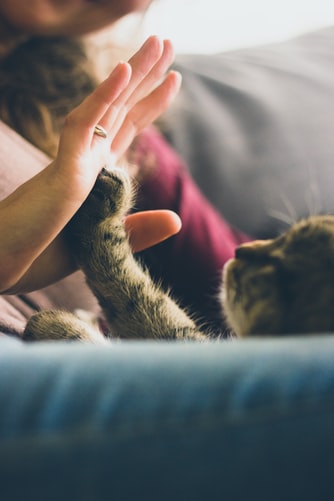
Cats, especially kittens, cry because they are in a new situation, a new environment and not knowing how to deal with everything. Pain can cause a cry, depending on what you mean by "cry". Stressful environments too.
What is this cat crying? Crying in cats is a passive manifestation of fear, insecurity and pain. What do you mean, "passive"? Passive because, in this case, the cat will not respond with aggression, but with high-pitched meows and yelps.
These meows are more common among puppies, because it is through these sounds that the mother understands that her offspring are in trouble – lost, hungry, afraid. Instinctively, the cat goes to the crying kitten, trying to resolve the situation.
Adult cats tended to express their sadness in an active way, i.e. by attacking you and running away. This is because, in nature, cats and adult felines are often solitary animals. That is, "crying" will not do much good, no other feline will help.
Possibly, the neurological component – crying to release hormones – also exists. This may explain why adult cats also cry.
Domestic cats, however, are infantilized, unlike wild cats (it is this infantilization that allowed domestication). So their crying also has a survival component. Call the mother (in this case, you).
What to do if my cat is crying?
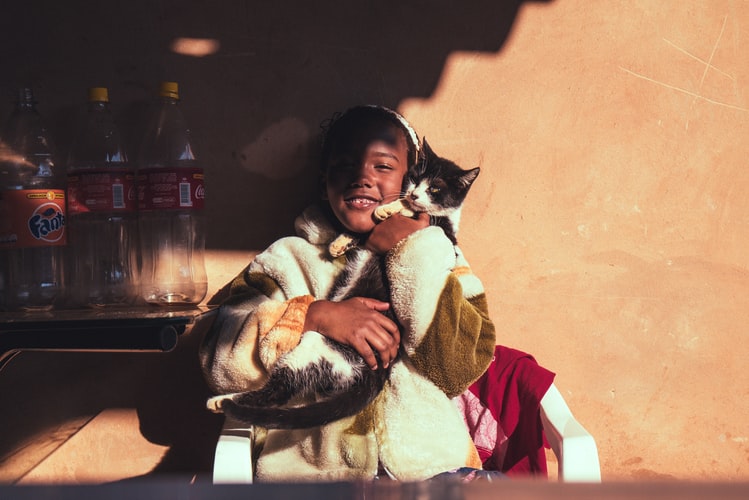
If your cat is crying, you, as its “mother”, need to help and provide comfort and encouragement. That's the first step. So, investigate the causes.
Check your cat for pain by running your hand over its body. Look for signs of pain or illness in urine, stool, and secretions. See if he's eating right, if he's hydrating. Check the temperature.
If it's a puppy, make sure he isn't feeling abandoned, whether he's looking for his pet or you. If that's the case, be present, give him toys, allow him to stay close to you, and offer toys that stimulate his autonomy.
Allow your puppy to explore your home, and buy accessories, such as scratching posts, to make him feel part of that environment. Being a present tutor is not living locked in the house, but being someone who, when you are close to the cat, is ready to give love and attention.
And you, have you experienced this experience? Have you? How was the experience? What tips can you give? Did I miss any advice? Write in the comments!
And, in order not to miss another post by Senhor Gato, subscribe to our News letter and stay on top of the best content about cats and other pets!
About the author / Lucas Silva
Reviewed by / Samantha Scorbaioli
Senior Editor
Trending Topics

Online confectionery course: discover 5 options!
The online confectionery course is very interesting for anyone who wants to work in the area, or already works, and wants to become a professional. Learn more here!
Keep Reading
How to take the ITIO Massage Therapy Technician course?
See how to enroll in the Technical Course in Massage Therapy at ITIO and guarantee your place at the institution that is a reference in massage in the country!
Keep Reading
Escola dos Cílios Course: get to know the course and find out if it is reliable!
If you are interested in becoming an Eyelash Designer but want to know if the Escola de Eyelashes course is reliable, check out how it works!
Keep ReadingYou may also like

Where to buy cheap travel packages: 8 best sites to save money!
There are several travel service platforms on the market today. In this sense, it is important to do a lot of research to find the best prices on travel packages to guarantee a good deal. Check out our tips from some online agencies that can help you!
Keep Reading
Is the Virtual Window Reliable? See how it works before you buy
With Guichê Virtual, you can buy bus tickets in a practical and easy way, without having to leave your home! So, check if the company is reliable to make your trips.
Keep Reading
Is Senator Turismo reliable? See how it works before you buy
Senator Turismo is an agency with online and face-to-face service that offers a wide range of services. Options range from national and international packages to attraction tickets. See how it works.
Keep Reading